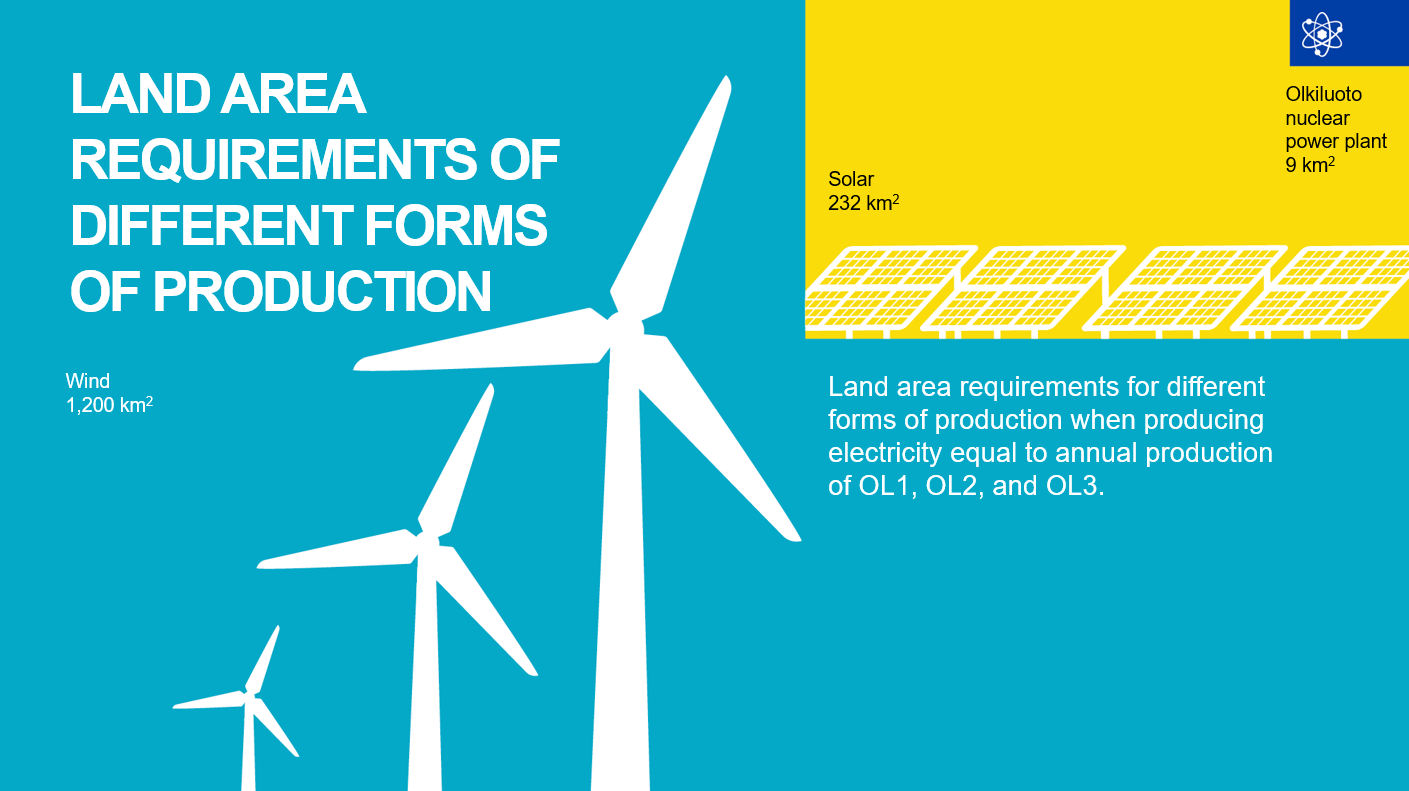Biodiversity
Surrounded by four nature conservation areas, the small island of Olkiluoto produces around one-sixth of all the electricity used in Finland. After the commissioning of OL3, the production volume will increase to around one-third. The concentration of energy production to a small geographic area minimizes the environmental impact and allows the preservation of other areas in their natural state.
Climate change also has a major impact on biodiversity. By producing clean and climate-friendly nuclear electricity, the TVO Group makes a significant contribution to the mitigation of climate change and promotion of sustainable development.
The island of Olkiluoto is one the most researched areas in Finland, and its diverse nature is charted in detail. Environmental research has been conducted on the Olkiluoto island since the 1970s, years before electricity production was launched. The early baseline studies created a basis for the environmental monitoring programs aimed at facilitating environmental radiation monitoring and determination of the impact on waters.
All the Olkiluoto power plant projects have undergone extensive environmental impact assessments. The final disposal of spent nuclear fuel has been studied since the 1980s, and it has also been evaluated through environmental impact assessments.
The total surface area of the Olkiluoto island is 900 hectares, of which areas constructed for nuclear power and final disposal amount to approximately 170 hectares. The total volume of non-water-permeable areas is 42 hectares.
